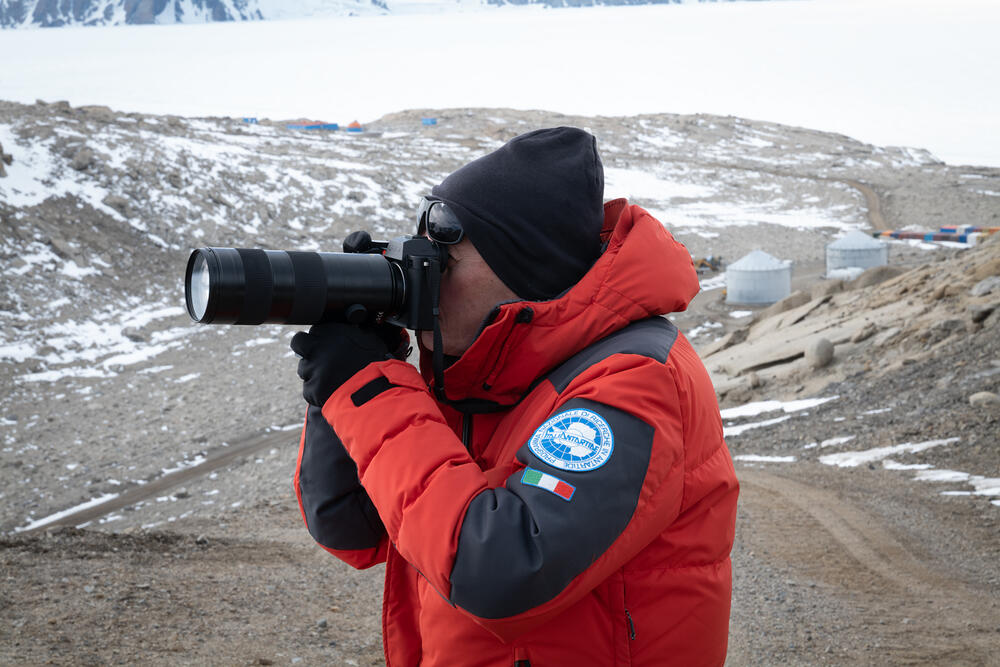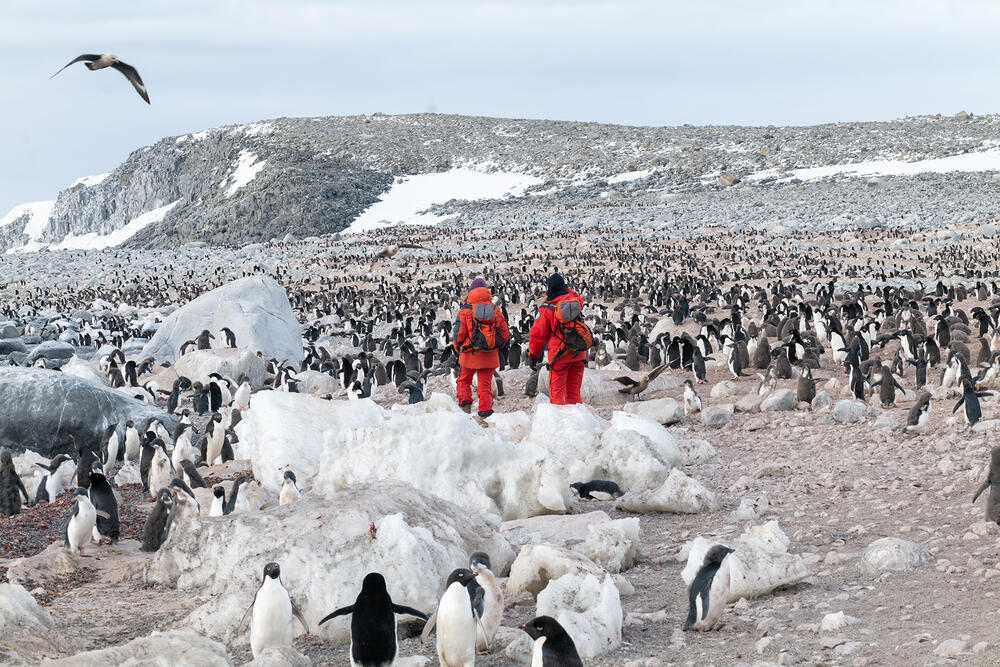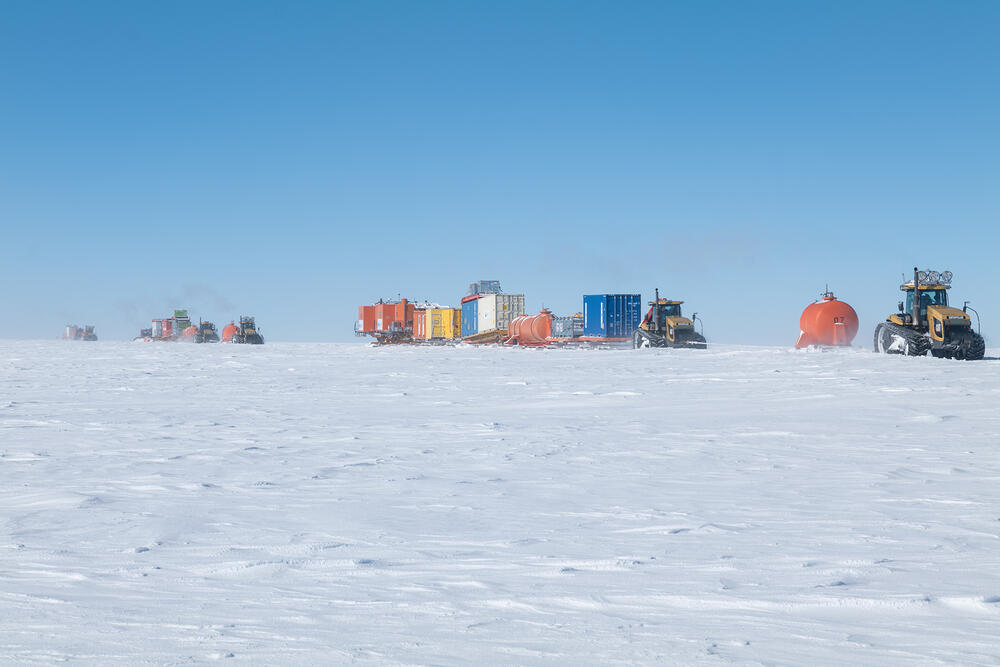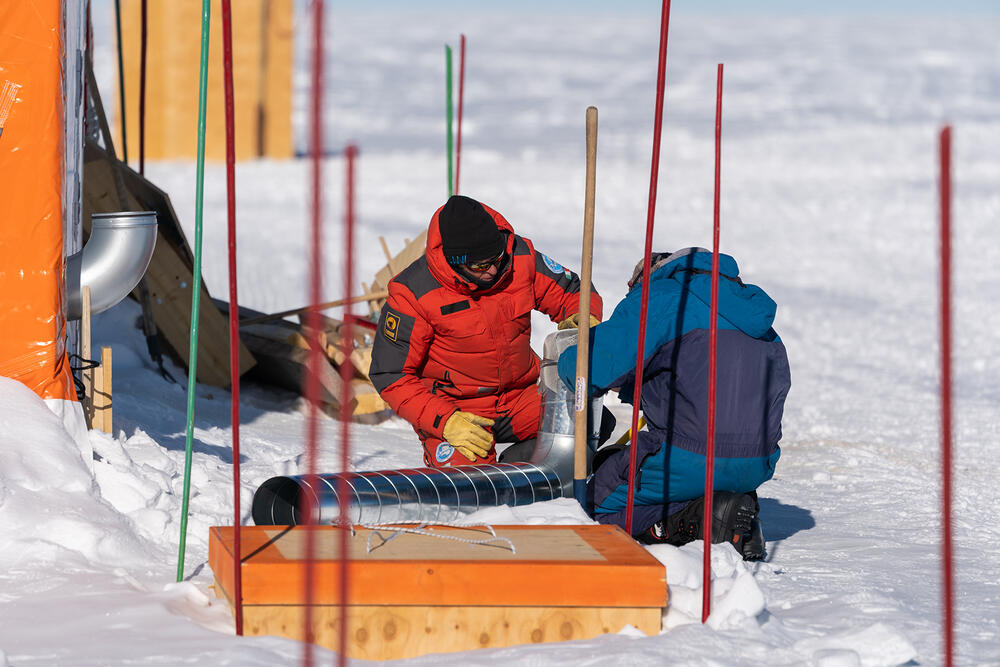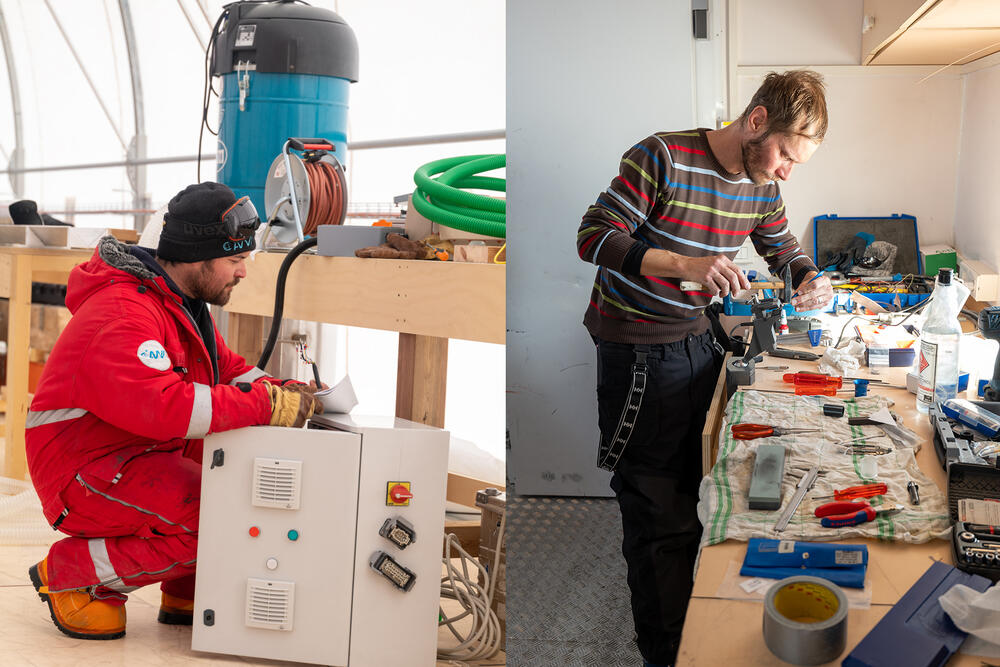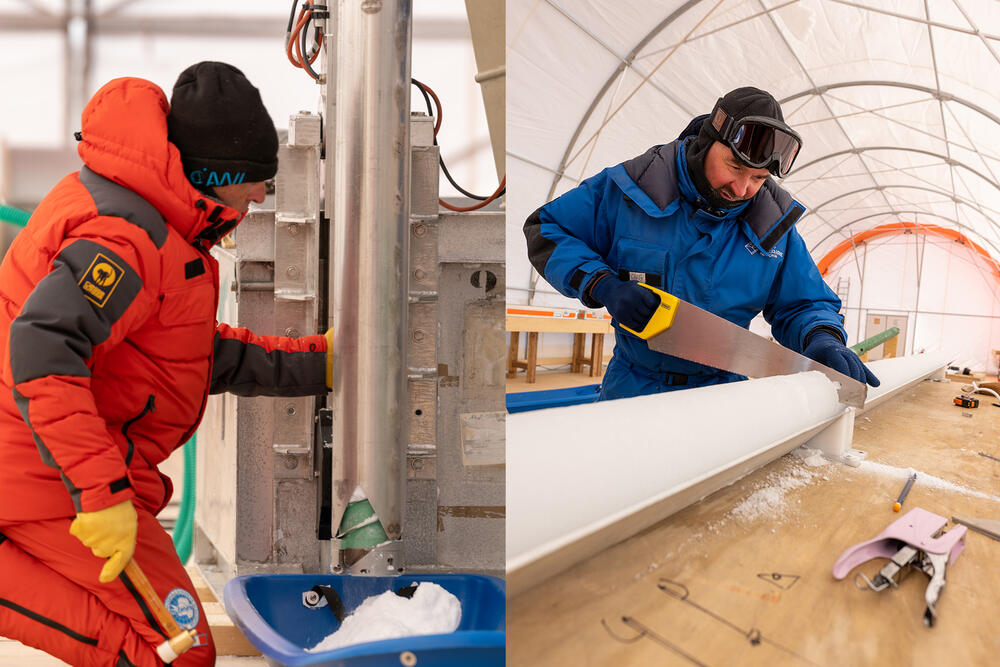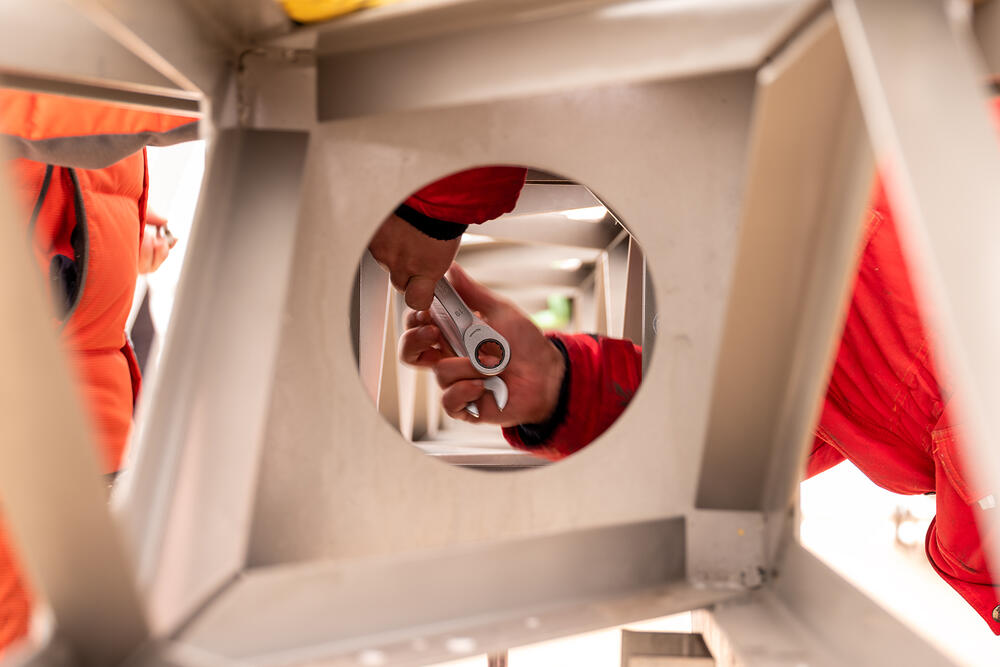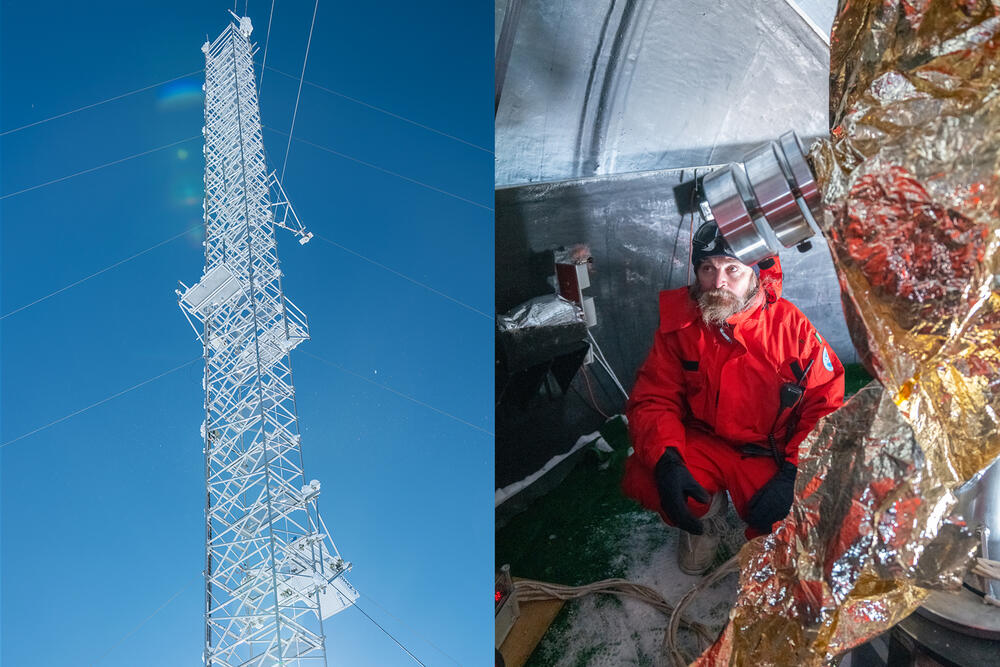
Pioneers on ice
One of the coldest place on earth is in Antarctica—on the East Antarctic Plateau to be exact. In this extreme landscape, where temperatures can drop below -80°C, is the 'Little Dome C' camp: the site of the 'Beyond EPICA—Oldest Ice' expedition. More than 1,000km from the coast and 3,233m above sea level, researchers from all over the world are drilling for the oldest ice on the planet. Using special core Drillers, the research team will work until 2026 to uncover—metre by metre and century by century—invaluable records of the Earth's climate history. These will be used to provide unique insights into today's climate situation.
When it comes to the documentation of this eternal ice project, researchers are taking things into their own hands. The requirement? A reliable and robust camera system, tested specially in advance for the expedition in a cold lab: the Leica SL-system. In November 2021, scientists set off for the South Pole with a Leica SL2, an SL2-S and three SL-Vario lenses. Since then, the SL-system has held its own under extreme conditions, capturing the progress of research and the remarkable living conditions at the camp in Antarctica. And it still hasn't reached its limits, not even at -60° C.
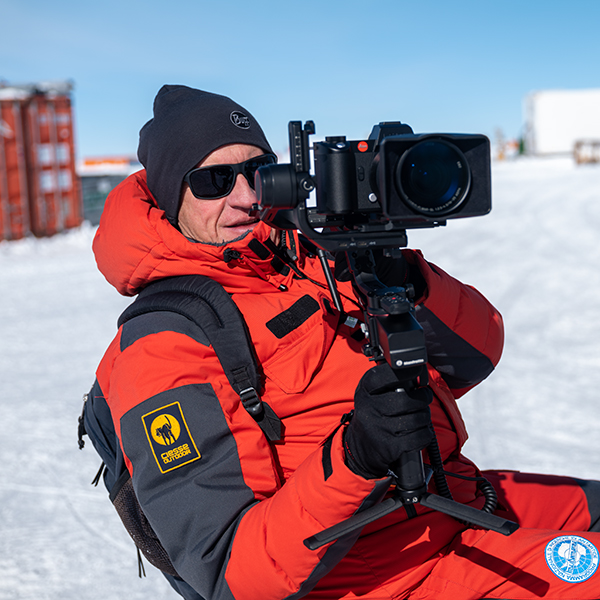

Before the project could even begin, tonnes of material had to be pulled 1100 km through the ice desert on gigantic sledges, for construction of the camp. This required highly specialised know-how, skilled craftsmanship and improvisational talent. Many of the tools even had to be made on site by the engineers.
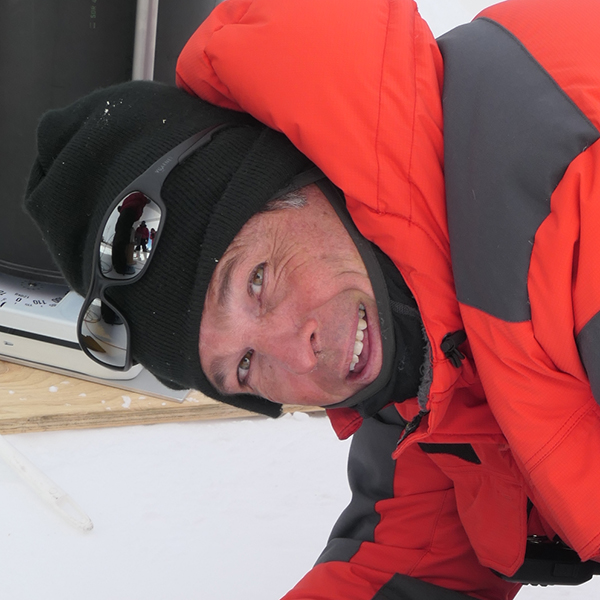

Beyond Epica – Oldest Ice
More than ten years ago, the 'EPICA' project succeeded in recovering and analysing an 800,000-year-old ice core. Now, with the European Commission-funded project 'Beyond EPIC—Oldest Ice', researchers are attempting, by 2026, to travel even further into the past—1.5 million years back. The ice seamlessly archives the climate and environmental history of the earth, storing information about temperature, the concentration of greenhouse gases in the atmosphere and past temperature changes. This data is essential for understanding our climate and for developing strategies to mitigate current climate change. Find out more on the 'Beyond EPICA' website. It’s got all you need to know about the project, including daily updates.

The Leica SL-System

換購徠卡
從未如此便捷!
您可以比以往更輕鬆地更換徠卡SL2 和 SL2-S。即日起至 2022 年 3 月 31 日,在以舊換新價值的基礎上還可獲得額外優惠券,用於購買SL系統。
All the photos, taken by Carlo Barbante (CNR-ISP) and Thomas Stocker (University of Bern), for the Beyond EPICA project are copyrighted by the Italian National Antarctic Research Program (PNRA) and the French Polar Institute (IPEV). The project is supported by IPEV and the PNRA at the Italian-French Concordia Station.









